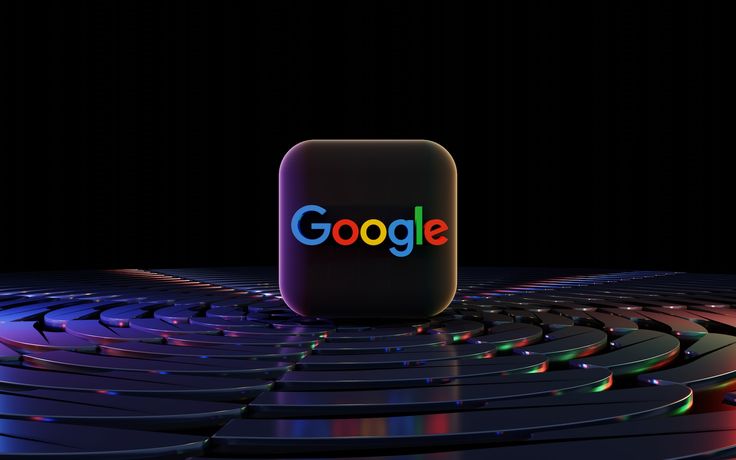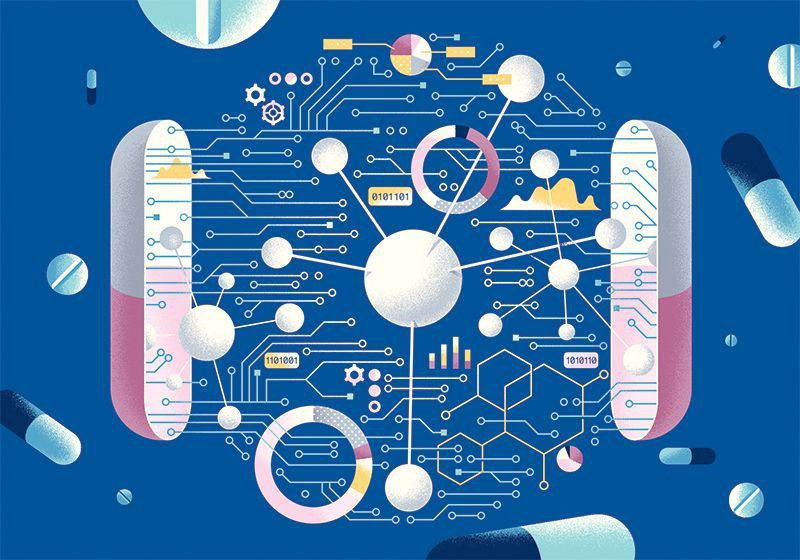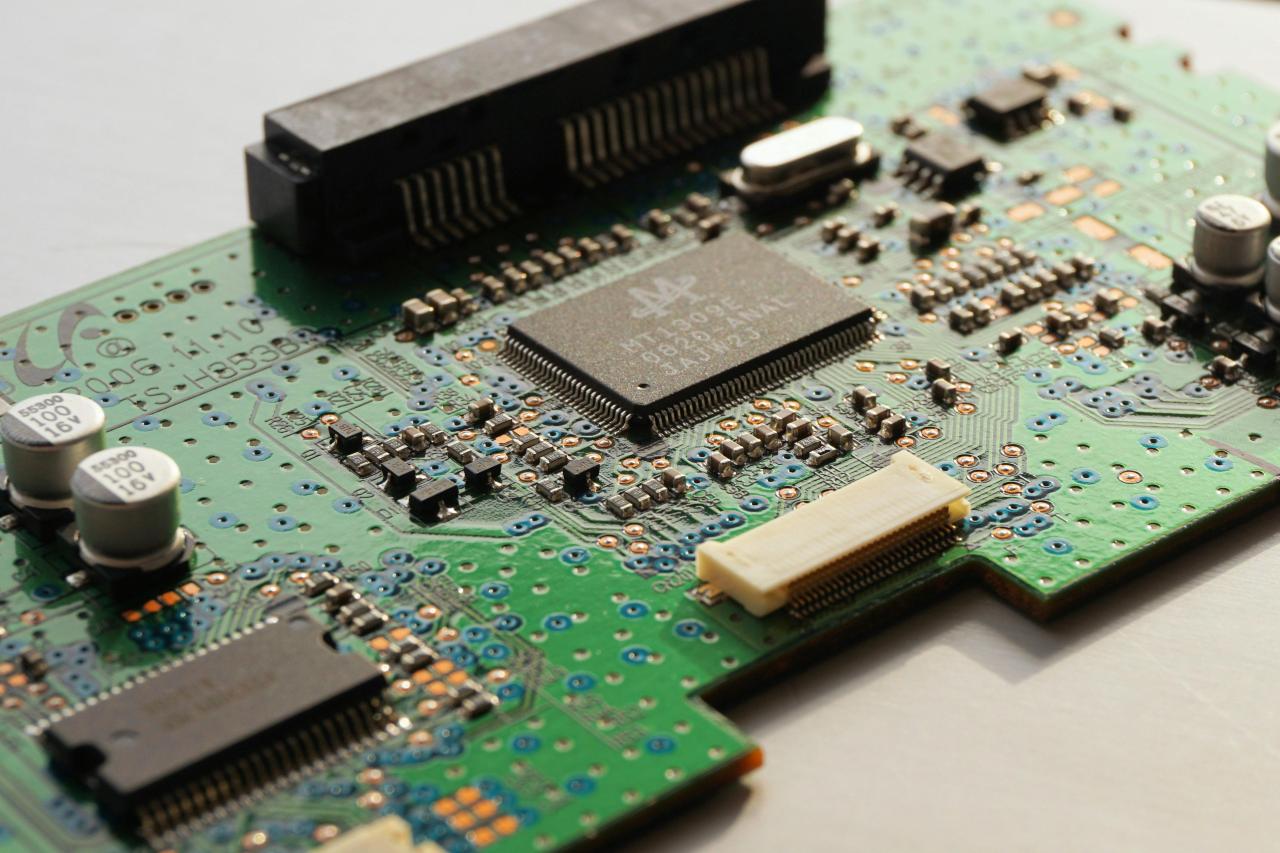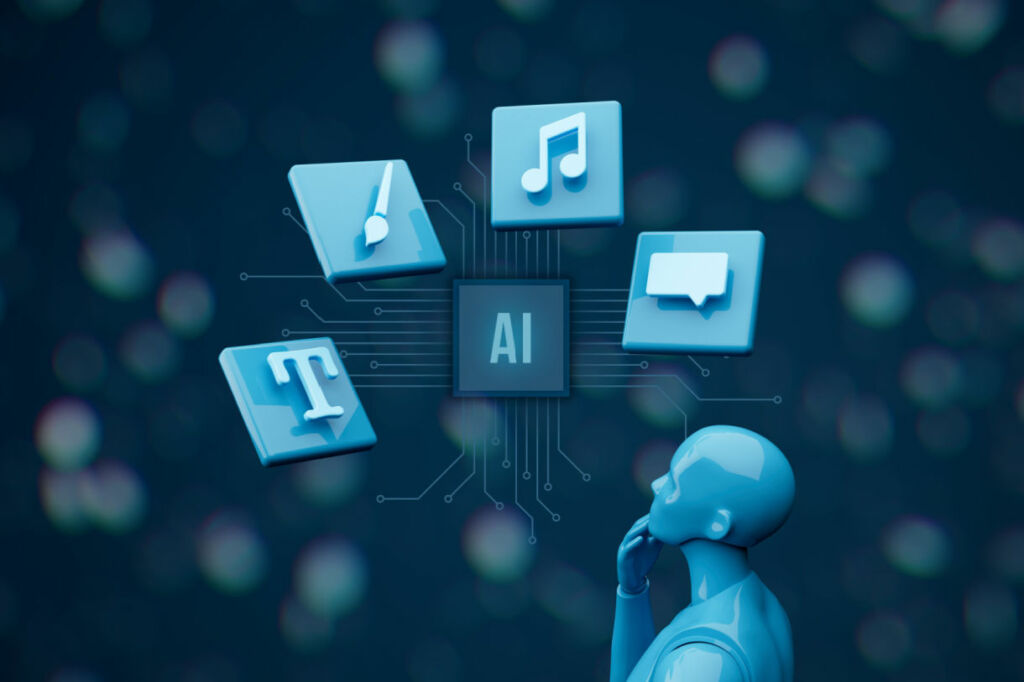The landscape of computational power is on the cusp of a profound transformation, ushering in an era where the very principles governing our digital world are redefined. At the forefront of this revolution lies quantum computing, a paradigm shift that promises to solve problems currently intractable for even the most powerful conventional supercomputers. Unlike classical computers that store information as bits—either a 0 or a 1—quantum computers leverage the bizarre and counter-intuitive phenomena of quantum mechanics, specifically superposition and entanglement, to process information in fundamentally new ways. This allows them to explore vast computational spaces simultaneously, opening doors to breakthroughs in fields ranging from medicine and materials science to finance and artificial intelligence.
The journey into quantum computing isn’t merely an incremental improvement; it’s a conceptual leap. For decades, the relentless march of Moore’s Law has driven the exponential growth in classical computing power. However, as transistors shrink to atomic scales, the physical limitations of this paradigm are becoming increasingly apparent. Quantum computing offers a different path, one that doesn’t rely on shrinking components but on harnessing the inherent weirdness of the subatomic world.
The Fundamental Building Blocks of Quantum Computation
To truly grasp the potential of quantum computing, it’s essential to understand its core principles:
A. Qubits: The Quantum Bit
At the heart of quantum computing lies the qubit, the quantum analogue of the classical bit. While a classical bit can only exist in one of two states (0 or 1), a qubit can exist in a superposition of both states simultaneously. Imagine a spinning coin that, while in the air, is neither heads nor tails, but a combination of both until it lands. This ability of a qubit to represent multiple possibilities at once exponentially increases the information density and processing power of a quantum computer. A system of ‘n’ qubits can represent 2n states simultaneously, a stark contrast to ‘n’ bits that can only represent one of 2n states at any given time. This fundamental difference is what allows quantum computers to perform certain calculations orders of magnitude faster than classical machines.
B. Superposition: Being in Multiple States at Once
Superposition is perhaps the most mind-bending aspect of quantum mechanics. It means that a quantum system, such as a qubit, can exist in multiple states concurrently until it is measured. When a measurement is performed, the qubit “collapses” into a definite state (either 0 or 1). This probabilistic nature is what distinguishes quantum computing from classical computing. The power of superposition lies in its ability to allow a quantum computer to process many different calculations in parallel, effectively exploring numerous solutions simultaneously. This is particularly advantageous for problems that require sifting through an enormous number of possibilities, such as drug discovery or optimizing complex logistics.
C. Entanglement: The Spooky Connection
Even more perplexing than superposition is entanglement. When two or more qubits become entangled, they become interconnected in such a way that the state of one qubit instantaneously influences the state of the other, regardless of the physical distance separating them. Albert Einstein famously called this “spooky action at a distance.” This correlation is a powerful resource for quantum algorithms. Entangled qubits can share information in ways impossible for classical bits, enabling certain quantum algorithms to achieve computational speedups. For example, entanglement is crucial for quantum cryptography and certain quantum communication protocols, ensuring unbreakable security.
D. Quantum Gates: Manipulating Qubits
Just as classical computers use logic gates (AND, OR, NOT) to manipulate bits, quantum computers use quantum gates to manipulate qubits. These gates are unitary transformations that preserve the quantum properties of superposition and entanglement. Unlike classical gates that produce a deterministic output, quantum gates operate on the probabilities of qubit states. Examples of quantum gates include the Hadamard gate (which creates superposition), CNOT gate (which entangles qubits), and Pauli gates (which perform rotations on the qubit state). By applying sequences of these quantum gates, quantum circuits are formed to execute quantum algorithms. The precise control over these delicate quantum states is one of the biggest engineering challenges in building quantum computers.
The Promises and Potentials of Quantum Computing
The theoretical underpinnings of quantum computing are fascinating, but its true appeal lies in its potential to solve real-world problems that are currently beyond the reach of classical computers.
A. Drug Discovery and Materials Science
One of the most significant applications of quantum computing lies in simulating molecular and material properties with unprecedented accuracy. Classical computers struggle to model the complex interactions of atoms and molecules due to the exponential growth in computational complexity. Quantum computers, by natively understanding quantum mechanics, can accurately simulate these interactions, leading to:
- Accelerated Drug Discovery: Designing new drugs by precisely simulating how molecules interact with proteins and enzymes, leading to more effective and targeted therapies. This could drastically reduce the time and cost associated with developing new medications, addressing critical global health challenges.
- Novel Material Design: Engineering materials with custom properties, such as superconductors that operate at room temperature, more efficient solar cells, or lighter and stronger alloys for aerospace applications. Imagine materials with specific electrical, thermal, or mechanical properties designed from the atomic level up.
- Catalyst Optimization: Discovering and optimizing new catalysts for industrial processes, leading to more efficient and environmentally friendly chemical reactions.
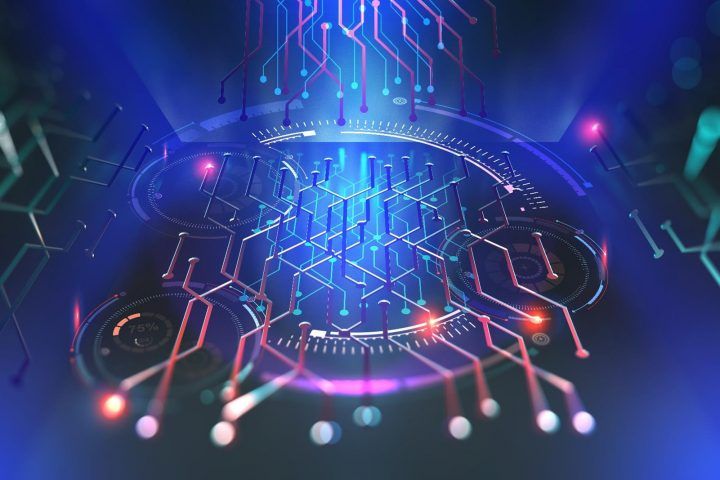
B. Financial Modeling and Optimization
The financial sector generates enormous amounts of data, and many of its core problems involve complex optimization and risk assessment. Quantum computing can offer significant advantages in:
- Portfolio Optimization: Building more robust and profitable investment portfolios by analyzing a vast number of variables and market scenarios simultaneously, leading to better risk management and higher returns.
- Fraud Detection: Identifying patterns indicative of fraudulent activities more rapidly and accurately than current methods, protecting financial institutions and consumers.
- Option Pricing and Risk Analysis: Performing highly accurate calculations for complex financial derivatives and assessing market risks with greater precision, especially in volatile markets.
- Algorithmic Trading: Developing more sophisticated trading algorithms that can react to market changes with unparalleled speed and insight.
C. Artificial Intelligence and Machine Learning
Quantum computing has the potential to supercharge the field of artificial intelligence, particularly in areas requiring complex pattern recognition and optimization.
- Quantum Machine Learning: Developing new types of machine learning algorithms that can process massive datasets and identify hidden patterns far more efficiently than classical algorithms. This could lead to breakthroughs in image recognition, natural language processing, and predictive analytics.
- Enhanced Optimization for AI: Training neural networks more effectively and efficiently, leading to more powerful and accurate AI models.
- Generative AI: Potentially enhancing the capabilities of generative AI models, allowing for the creation of more sophisticated and realistic content.
D. Cryptography and Cybersecurity
While quantum computing poses a threat to current encryption standards, it also offers solutions for creating uncrackable communication.
- Breaking Current Encryption (Post-Quantum Cryptography): Quantum algorithms, particularly Shor’s algorithm, are capable of breaking widely used public-key encryption schemes like RSA and ECC, which underpin much of today’s secure communication. This necessitates the development of post-quantum cryptography (PQC), new cryptographic algorithms designed to withstand attacks from quantum computers.
- Quantum Key Distribution (QKD): Creating inherently secure communication channels by leveraging the laws of quantum mechanics. QKD ensures that any attempt to eavesdrop on a communication is immediately detected, making it impossible for third parties to intercept information without alerting the communicating parties. This offers a truly future-proof method of secure communication.
E. Logistics and Optimization
Many real-world problems, from supply chain management to traffic flow, involve optimizing complex systems with a multitude of variables.
- Supply Chain Optimization: Improving efficiency in complex supply chains by optimizing routes, inventory management, and resource allocation, leading to significant cost savings and reduced environmental impact.
- Traffic Management: Optimizing traffic flow in smart cities to reduce congestion and travel times.
- Scheduling Problems: Solving highly complex scheduling challenges in various industries, from airline crew scheduling to factory production lines.
The Challenges and the Road Ahead
Despite its immense promise, quantum computing is still in its nascent stages of development. Several significant challenges must be overcome before quantum computers become widespread and commercially viable.
A. Decoherence: The Fragility of Qubits
Qubits are extremely fragile and susceptible to decoherence, where they lose their quantum properties due to interaction with their environment. Even tiny fluctuations in temperature, electromagnetic fields, or vibrations can cause a qubit to lose its superposition or entanglement, leading to errors. Maintaining the delicate quantum states of qubits requires extreme isolation and precise environmental control, often involving super-cooling them to near absolute zero temperatures (millikelvins). This fragility is a major hurdle in scaling up quantum computers.
B. Error Correction: Protecting Against Noise
Due to decoherence, quantum computers are inherently noisy. Unlike classical computers where errors are rare and easily corrected, quantum errors are more complex and require sophisticated quantum error correction (QEC) techniques. Developing robust and efficient QEC codes is a critical area of research. These codes typically require many physical qubits to encode a single logical qubit, significantly increasing the overhead required for building fault-tolerant quantum computers.
C. Scalability: Building More Qubits
Currently, most quantum computers have a limited number of qubits. Building larger quantum computers with hundreds or thousands of stable, interconnected qubits is a monumental engineering challenge. Researchers are exploring various physical implementations for qubits, including:
- Superconducting Qubits: The most common approach, used by IBM and Google, where qubits are microscopic circuits cooled to extremely low temperatures.
- Trapped Ion Qubits: Ions (charged atoms) are suspended in electromagnetic fields and manipulated with lasers. This approach is known for its long coherence times.
- Topological Qubits: A theoretical approach that aims to encode information in the topological properties of matter, offering inherent robustness against decoherence.
- Photonic Qubits: Using photons (particles of light) as qubits, which can operate at room temperature and are promising for quantum networking.
Each approach has its own advantages and disadvantages in terms of coherence time, connectivity, and scalability.
D. Algorithm Development: What to Compute?
While groundbreaking quantum algorithms like Shor’s and Grover’s have been discovered, the field of quantum algorithm development is still relatively young. Researchers are actively working on discovering new algorithms that can leverage the unique capabilities of quantum computers to solve practical problems across various domains. This includes developing hybrid quantum-classical algorithms that combine the strengths of both computational paradigms.
E. Programming and Software: Bridging the Gap
Developing software and programming languages for quantum computers is another significant challenge. The programming paradigms are fundamentally different from classical computing, requiring new ways of thinking about computation. Companies are developing quantum programming frameworks and cloud-based quantum computing platforms to make these machines more accessible to researchers and developers.
The Future of Quantum Computing
Despite the challenges, progress in quantum computing is accelerating at an unprecedented pace. Governments, major technology companies (IBM, Google, Microsoft, Amazon), and startups are investing heavily in research and development. We are currently in the Noisy Intermediate-Scale Quantum (NISQ) era, where quantum computers have tens to a few hundred noisy qubits, sufficient for demonstrating quantum supremacy for specific tasks but not yet for full-scale fault-tolerant computation.
The next decade is likely to see significant advancements:
- Increased Qubit Count and Quality: We can expect quantum computers with more qubits and improved error rates, enabling more complex calculations.
- Improved Error Correction: Breakthroughs in quantum error correction will be crucial for building fault-tolerant quantum computers.
- Hybrid Quantum-Classical Solutions: Many early applications will likely involve hybrid approaches, where quantum computers handle the computationally intensive parts of a problem, and classical computers handle the rest.
- Industry Adoption: As the technology matures, we will see initial commercial applications emerge in specialized fields, leading to a gradual integration of quantum capabilities into various industries.
- Quantum Internet: The development of quantum networks will enable secure communication and distributed quantum computing, connecting quantum processors across geographical distances.
Quantum computing is not intended to replace classical computers but rather to augment them, acting as powerful accelerators for specific, intractable problems. The journey to fully realize its potential will be long and challenging, but the transformative impact it promises on science, technology, and society makes it one of the most exciting and important frontiers of the 21st century.

